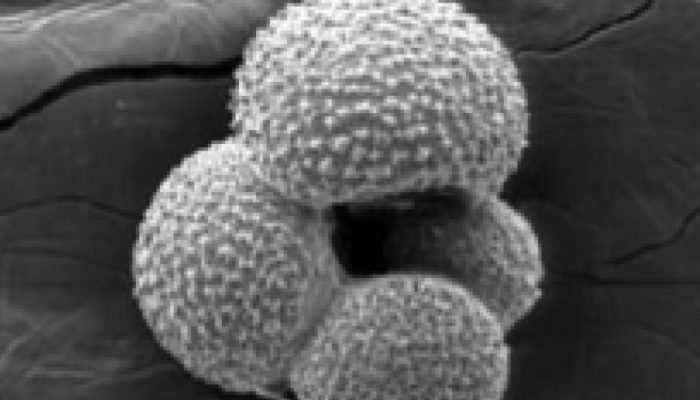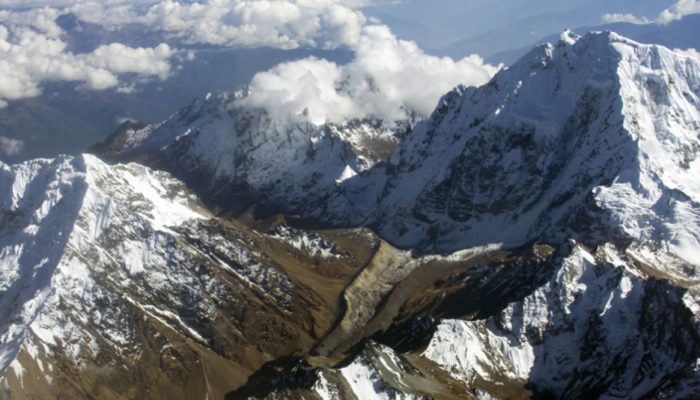Name of proxy Fluctuations of mountain glaciers Type of record Geomorphological features Paleoenvironment Continent – High mountain areas Period of time investigated From historical periods (c.a. 300 years ago) to the end of the Pleistocene (up to 200 000 years back in time) How does it work? Mountain – or “alpine” – glaciers are small ice bodies (from 1 to 10 000 km2). Alt ...[Read More]
Varves – Revealing the past layer by layer
Name of proxy Varved glacial lake sediments Type of record Sedimentological structures Paleoenvironment Ice marginal lake environments Period of time investigated Last Glacial Termination (LGT, c.21-14 thousands of years (ka)) to present times How do varves work? Proglacial lakes form in front of glaciers and act as sinks for water and sediment flowing from melting ice. Analyses of proglacial lake ...[Read More]
Forams, the sea thermometers of the past!

Name of proxy Mg/Ca-SST on planktonic foraminifera shell Type of record Sea Surface Temperature (SST) Paleoenvironment Marine environments Period of time investigated 55 Million years ago to recent times How does it work ? Foraminifera (or Forams) are single-celled organisms varying from less than 1 mm to several cm in size. They are very abundant in the ocean floor (benthic species) or floating a ...[Read More]
Decomposing algae have not said their last word yet!
Name of proxy Phytane, a compound resulting from the degradation of Chlorophyll-a (Chl a), a green pigment in plants and algae that is involved in photosynthesis Type of record Atmospheric carbon dioxide concentrations Paleoenvironment Marine sediments and oils Period of time investigated Phanerozoic (last 540 million years) How it works Before we can start predicting the potential impact of human ...[Read More]



